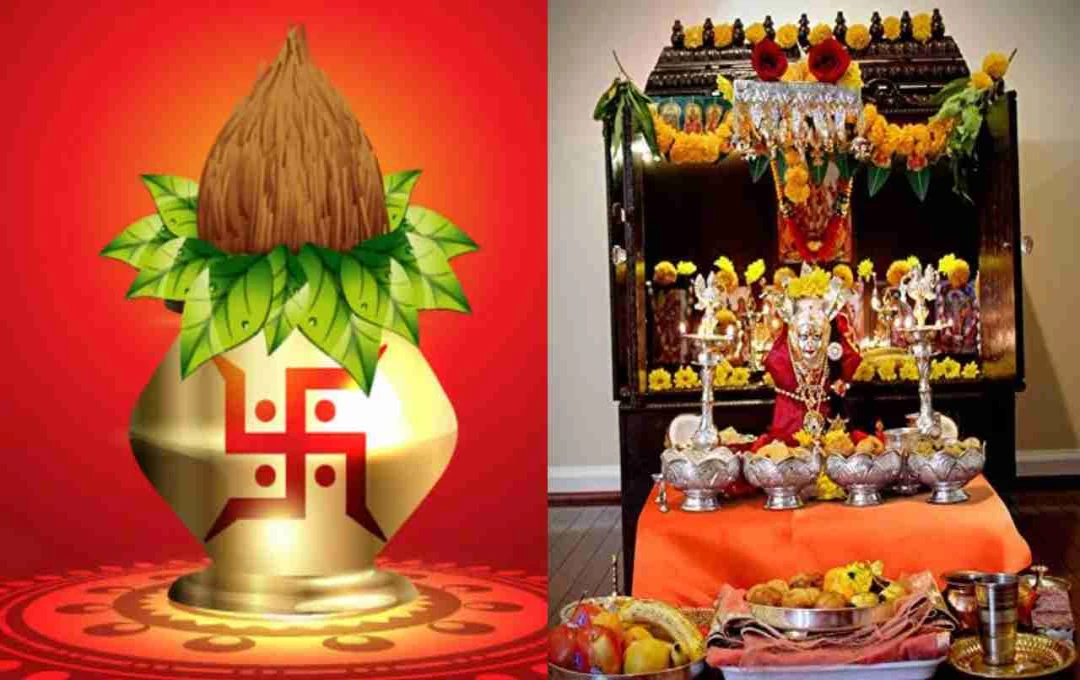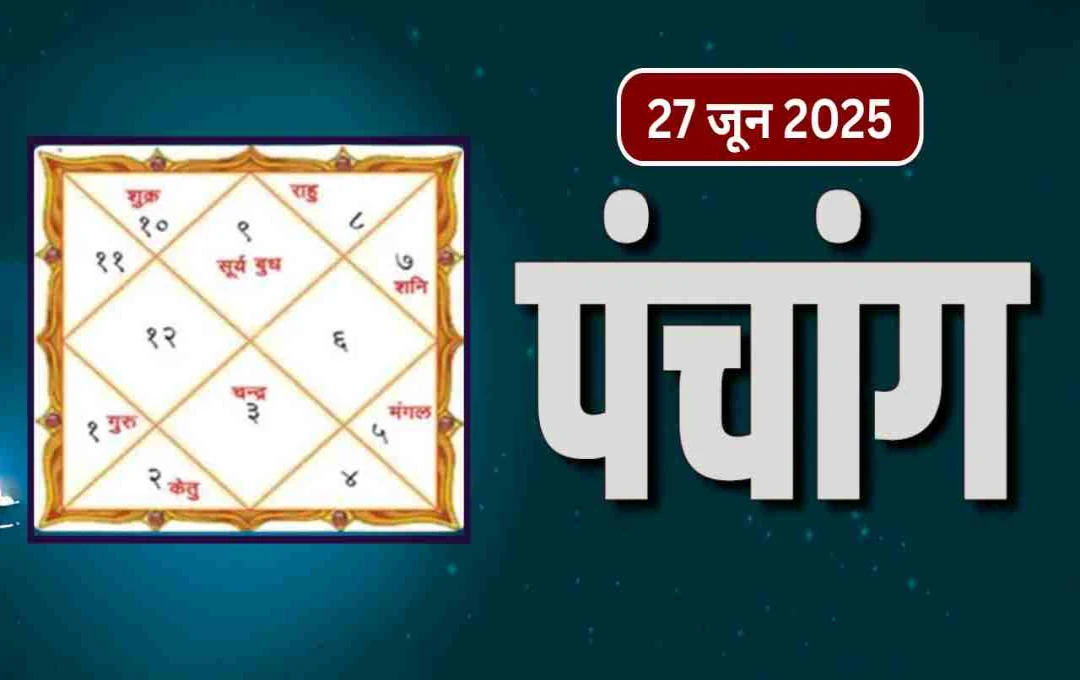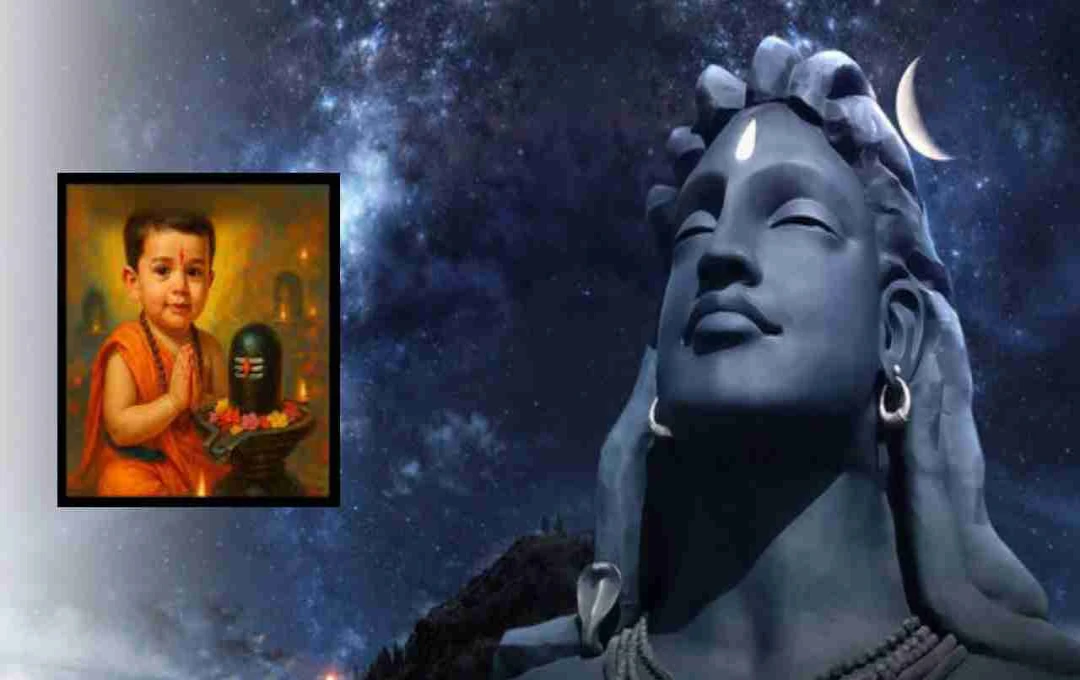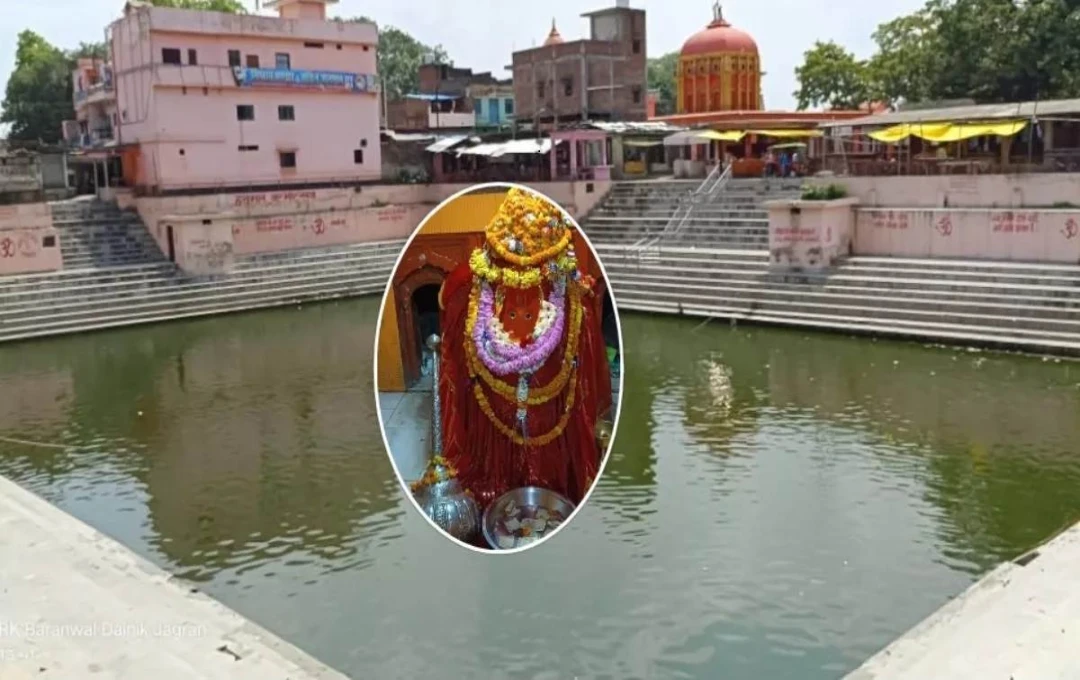In Indian tradition, the Kalash (a metal pot) is considered a symbol of auspiciousness and spiritual energy. Any religious ritual, fast, festival, or worship begins with the establishment of the Kalash. It is considered not only a symbol of deities but also an indicator of prosperity, good fortune, and purity. However, it is often seen that people make some common but serious mistakes during the Kalash establishment, which can reduce the effect of the worship.
Let's know where and how the Kalash should be placed in the worship, in which direction it should be located, and what things are important to keep in mind.
In which direction should the Kalash be placed?
The most preferred direction for Kalash establishment is the Northeast direction, also known as the Ishan corner. This direction is the angle between the North and the East. According to both religious beliefs and Vastu Shastra, the Northeast direction is said to be the direction of the deities, from where positive energy flows.
Why is the Northeast direction considered auspicious?
This direction is considered a symbol of spirituality, knowledge, and purity. This is the reason why in most temples, the idol or picture of God is also placed towards this direction. When you establish the Kalash in this place, the balance of energy remains in your worship place.
What are the options if there is no space in the Northeast direction?
North direction: This direction is considered a symbol of wealth and prosperity.
East direction: This direction is considered the sunrise direction and is associated with auspiciousness. Keeping the Kalash here increases mental and spiritual strength.
In which directions should the Kalash not be placed?
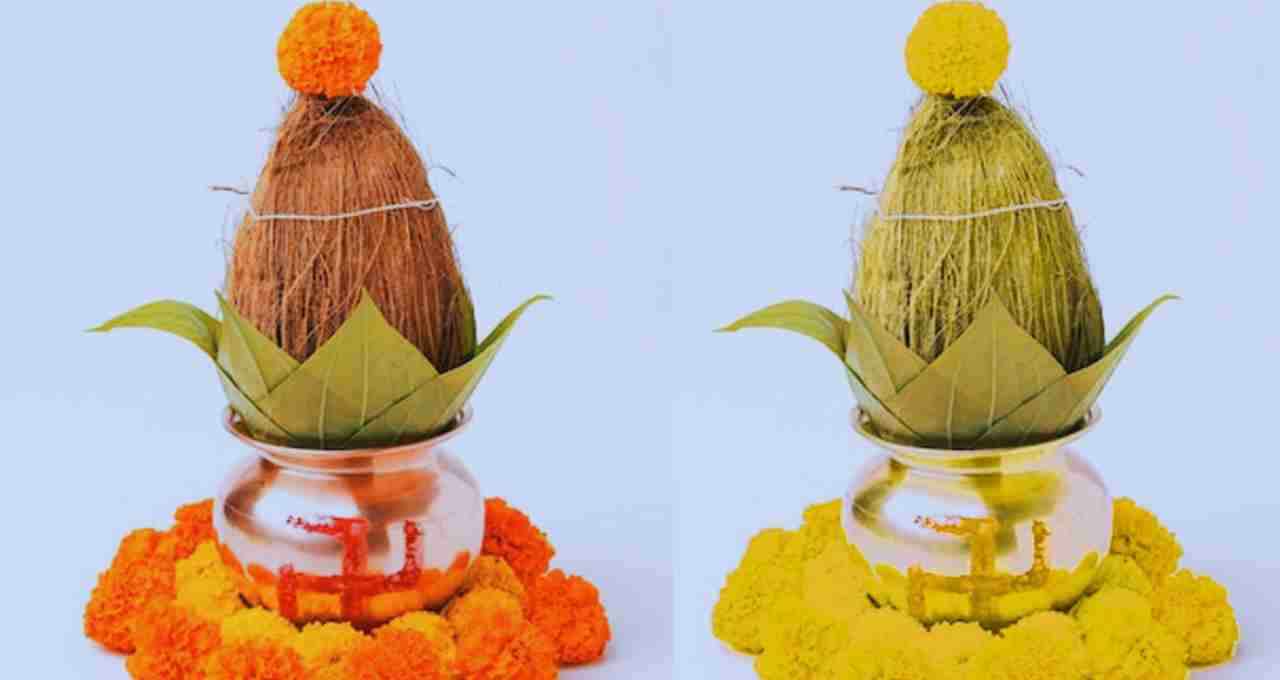
There are some directions which, according to Vastu, are not considered suitable for worship or Kalash establishment.
- South direction: This is considered the direction of Yama (the god of death), so keeping worship materials or Kalash in this direction is considered inauspicious.
- South-West direction: This is called 'Nairitya corner' and this direction is considered a symbol of stability and burden.
- North-West direction: This is also not considered suitable for worship because there is an energy of instability here.
- South-East direction: This is the Agni corner, which is a region of fierce energy, and keeping the Kalash here can cause mental disturbance.
Complete method of Kalash establishment
Before establishing the Kalash, the place of worship should be cleaned thoroughly. After that, a little soil is spread on the place where the Kalash will be kept, and Saptadhanya (seven types of grains) or barley is poured on it. After this, the Kalash is established.
- What to put in the Kalash
Fill the Kalash with Ganga Jal (Ganges water) or pure water. Put Akshat (rice), betel nut, coin, Durva (a type of grass), cloves, cardamom and flowers in it. All these symbolically indicate the Panchatattva (five elements) and purity.
- Place mango leaves on the mouth of the Kalash
Place 5 or 7 mango leaves in such a way that their apex faces outward. These leaves represent the Navagrahas (nine planets).
- Placement and position of the coconut
Place a coconut wrapped in red cloth on top of the mango leaves. The face of the coconut should be towards the person who is worshipping. Place the coconut carefully so that it remains stable and does not move during the worship.
- Importance of the Swastika symbol
Make a Swastika on the body of the Kalash with Kumkum. This is considered a symbol of auspiciousness and success.
What to do after Kalash establishment
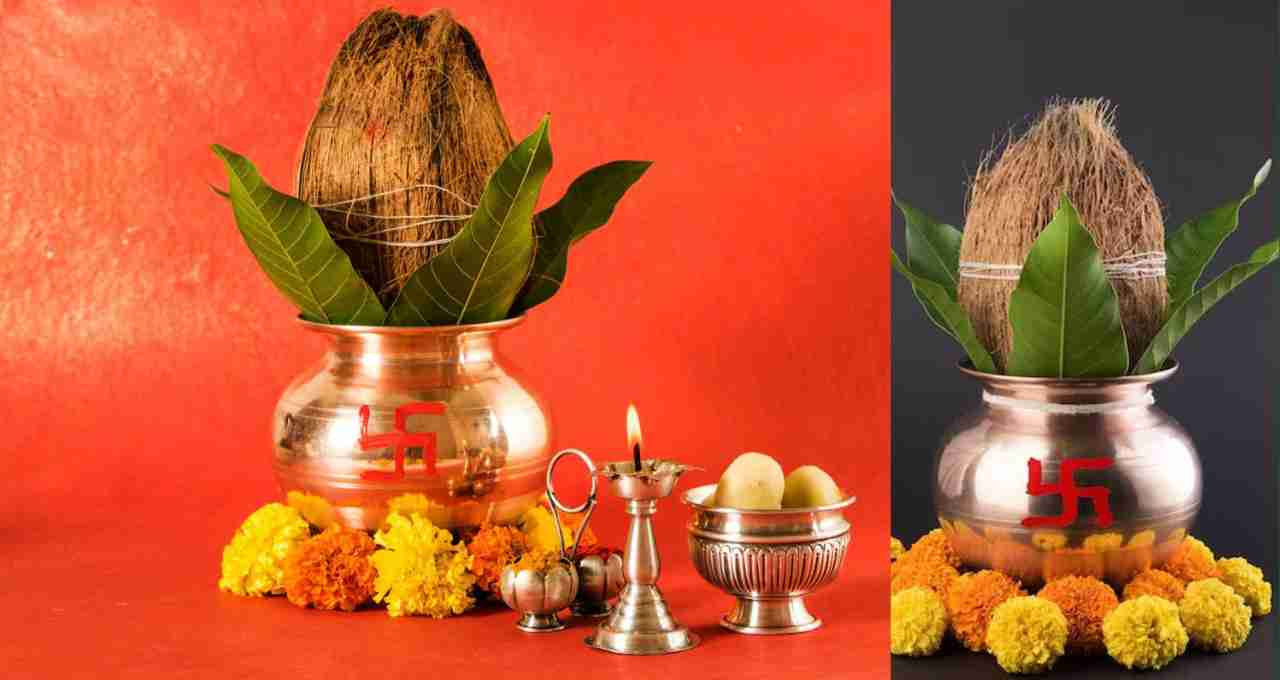
Deities, rivers, and pilgrimages are invoked in the Kalash. This invocation is done through mantras so that the Kalash can attain spiritual power. After this, the worship is started. At the end of the worship, the water of the Kalash is sprinkled throughout the house, which purifies the atmosphere.
What to do with the remaining water and materials
- Pour the water into Tulsi (holy basil) or house plants.
- The grains put in the Kalash can be fed to the birds or mixed in the soil.
- Give the coconut to family members as Prasad (offering) or use it in worship.
Religious significance of the Kalash
According to religious beliefs, the Kalash is inhabited by the Tridevs, that is, Brahma, Vishnu, and Mahesh. Along with this, there is also a symbolic invocation of holy rivers like Saraswati, Lakshmi, Ganga, Yamuna, Narmada, Kaveri etc.
The Kalash is considered a microcosm of the universe. This is the reason why it is established to invoke power and the place of worship is filled with spiritual energy.
Tradition of Kalash in the general public
From rural areas to cities, the place of the Kalash is associated with respect and reverence everywhere. The presence of the Kalash has become a mandatory tradition on every occasion like housewarming, marriage, naming ceremony, Navratri, Homa, Yagya and Devi Pujan. Even in many places, the Kalash is kept on the roof or door of the house so that negative energy cannot enter.
This tradition has become a part of the soul of Indian homes not only religiously but also culturally and emotionally. This is the reason why people are now starting to perform Kalash establishment in worship more methodically.
